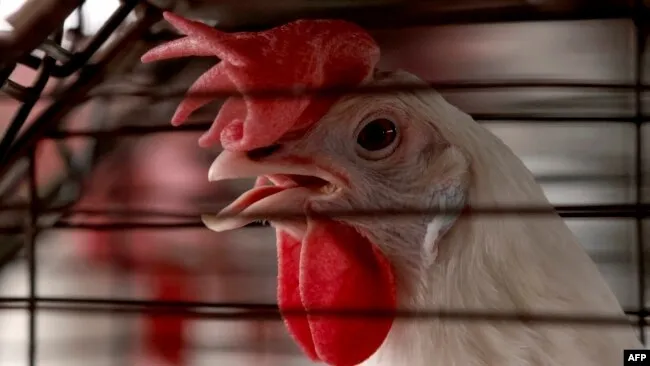H5N1 Avian Influenza Outbreak: A Growing Global Threat to Humans, Livestock, and Wildlife
The H5N1 avian influenza outbreak is spreading globally, infecting humans, livestock, and wildlife. What are the implications for public health, agriculture, and global markets?

Introduction
The H5N1 avian influenza virus is rapidly spreading across the globe, posing significant risks to humans, livestock, and wildlife. Since April 2024, nearly 70 people in the United States have been infected, primarily farm workers who were in direct contact with infected poultry or dairy cattle. While health officials have reassured the public that human-to-human transmission remains unlikely, recent cases, including veterinarians with no known exposure, have sparked concern. The situation is also worsening in India, where wildlife, including tigers and leopards, has been affected, and millions of poultry birds have been culled to contain the spread. The outbreak is causing substantial economic damage, including a severe egg shortage, particularly in the United States.
The Spread of H5N1: Human, Livestock, and Wildlife Impact
In the United States, the H5N1 virus has infected nearly 70 individuals, mainly farm workers who were directly exposed to infected animals. The most recent case involves a woman who was hospitalized with underlying health conditions and was likely exposed to the virus through a backyard poultry flock. This marks the third instance of hospitalization due to H5N1 in the country.
In India, the virus has affected wildlife in alarming ways. At the Gorar Rescue Center in Maharashtra, three tigers and a leopard have died due to H5N1 infection. Additionally, over 7,000 poultry birds have been culled, and more than 2,000 eggs have been destroyed in seven epicenters affected by the bird flu since January 1st, 2025. The Indian government has responded by issuing emergency guidelines, urging states to quarantine infected animals and prevent further spread.
Economic Consequences: Egg Shortages and Price Surges
One of the most immediate economic consequences of the H5N1 outbreak in the United States has been a historic surge in egg prices, fueled by the culling of infected birds. Some states have temporarily suspended cage-free egg laws to boost egg supply, while major retailers such as Costco and Trader Joe’s have imposed purchase limits. Restaurants, including Waffle House, have added surcharge fees to their menus due to skyrocketing costs. These measures highlight the disruption the outbreak has caused to the agricultural sector and the broader economy.
Concerns About the Evolution of the Virus
Despite efforts to control the outbreak, scientists warn that the virus’s evolution remains unpredictable. The recent cases among veterinarians with no known exposure suggest that the virus might be adapting and could pose new challenges to containment efforts. While human-to-human transmission remains unlikely at present, the situation is constantly being monitored by health authorities around the world.
Conclusion
The global spread of H5N1 avian influenza is a concerning development with far-reaching consequences for public health, agriculture, and wildlife. While efforts to contain the virus are ongoing, its unpredictable nature and the economic impact of outbreaks—such as the severe egg shortage in the United States—underscore the urgency of addressing this issue. As the outbreak continues to unfold, both governments and scientists are focused on controlling the virus’s spread and preventing further human and animal infections. The world will need to remain vigilant to the potential evolution of this deadly virus in the coming months.
Stay updated on the latest developments regarding the H5N1 outbreak and its global implications by following our blog.
What's Your Reaction?














